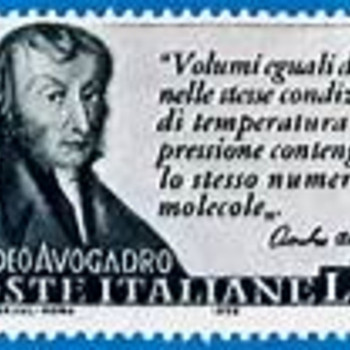We use the old ideal gas equation, i.e. #PV=nRT#
#n=(PV)/(RT)=((742*cancel(mm*Hg))/(760*cancel(mm*Hg*atm^-1))xx6.0*cancelL)/(0.0821*cancel(L*atm*K^-1)*mol^-1xx298.0*cancelK)#
#=0.240*mol#
What mass of #HC-=N# is present? Would you expect #HC-=N# to behave ideally? Why or why not? What hazards would be associated with this experiment?
Note the dimensional consistency of our calculation. We sought an answer in #"moles"#; the calculation gave us an answer in #"moles"# or at least #1/(mol^-1)=1/(1/(mol))=mol#, so perhaps we are doing something right (for once!).
The key knowledge is the idea that #1*atm# will support a column of mercury that is #760*mm# high. And thus we may use a unit of length, the height of a mercury column, to give a useful and reproducible measurement of pressure.
Note that these days, mercury columns are a bit of a rarity. Has your teacher shown you a mercury column?

